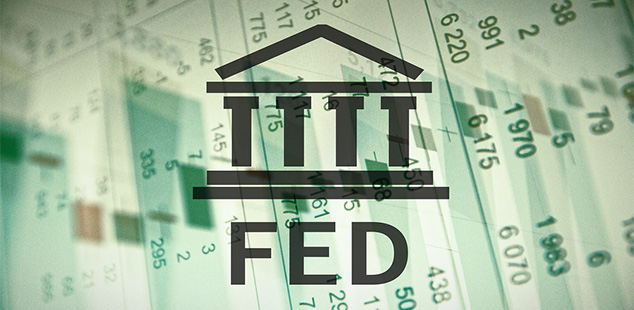
For much of Q3 and Q4 of last year the markets were whipsawed continuously by the on again, off again rumors about a Fed rate increase. Finally, when the Federal Open Market Committee acted in December to raise the rate for the first time in nearly a decade, there was something of a collective sigh of relief from most parties, even gold investors. Markets hate uncertainty, and even bad news is often better than the fear of bad news.
Wounded Economies: A Global Issue
Unfortunately, the issue of the Fed is once again the subject of rumors, and many are speculating that there may actually be a cut in the rate this year. According to one Bloomberg report, “The probability implied by trading in eurodollar options of an interest-rate cut in March is about 8 percent…However, The chances of a reduction by its September meeting are nearly four times that.”[1]
In a recent statement to Congress, Fed Chairman Yellen seemed to be hedging her bets about other actions this year by noting there are growing risks to continued growth of the U.S. economy. She supported her concerns by making a number of points, including:
- Concerns over the Chinese economy and policies of that country, including exchange policies
- Financial conditions in the U.S. that indicate a slowing of growth, including a decrease in output and lowered lending
- Uncertainties introduced by foreign national economies, especially in a number European countries
- Ongoing low prices of petroleum and other commodities
Yellen summarized her observations by warning that any one of these factors, much less a combination, turning negative could cause significant problems for the U.S. and its economy.
Up, Down or No Change?
While there may not be a cut in the newly established rate in 2016, there is growing expectation there will be no further increases. As a minimum, other analysts are predicting the rate will stay where it is, at least for Q1 and Q2 until more economic data is available.[2] Of course, there are others who see a rate increase as certain, especially because of fears over inflation.[3]
For gold investors and precious metal traders, these conflicting concerns and views over the Fed rate carry a mixed blessing. Since gold prices are sensitive to market interest rates, any increase would be seen as mildly bad news. On the other hand, the Fed rate staying in place or being cut is seen as a bullish indicator. The other side of the coin, however, is that the markets are again facing an uncertainty about a fundamental factor in the pricing of gold, silver and other commodities.
Inflation and Precious Metals
A significant point sifting from the stated concerns is that there are increasing concerns about the reemergence of real inflation. Even though the Fed has fought this potential problem aggressively, it has few tools left in its bag is the world conditions make an increase in inflation, even a small one, a reality in 2016.
The simple fact is that serious gold buyers and gold investors are facing yet another period of uncertainty and highly fluctuating markets. While this is becoming something of a norm, it is a factor that causes many to appreciate the long-term security found in gold and precious metals. If the overall objective is to protect the purchasing power of a portfolio, buying gold is seen by an increasing number as the most affirmative shelter in times with so many uncertainties.
Additional Sources:
[1] http://www.bloomberg.com/news/articles/2016-02-09/odds-of-fed-rate-cut-in-16-rise-as-global-markets-totter-chart
[2] http://www.marketwatch.com/story/fed-now-seen-as-one-and-done-in-2016-2016-01-20
[3] http://www.reuters.com/article/us-usa-economy-idUSKCN0VS1PQ

